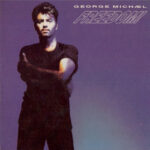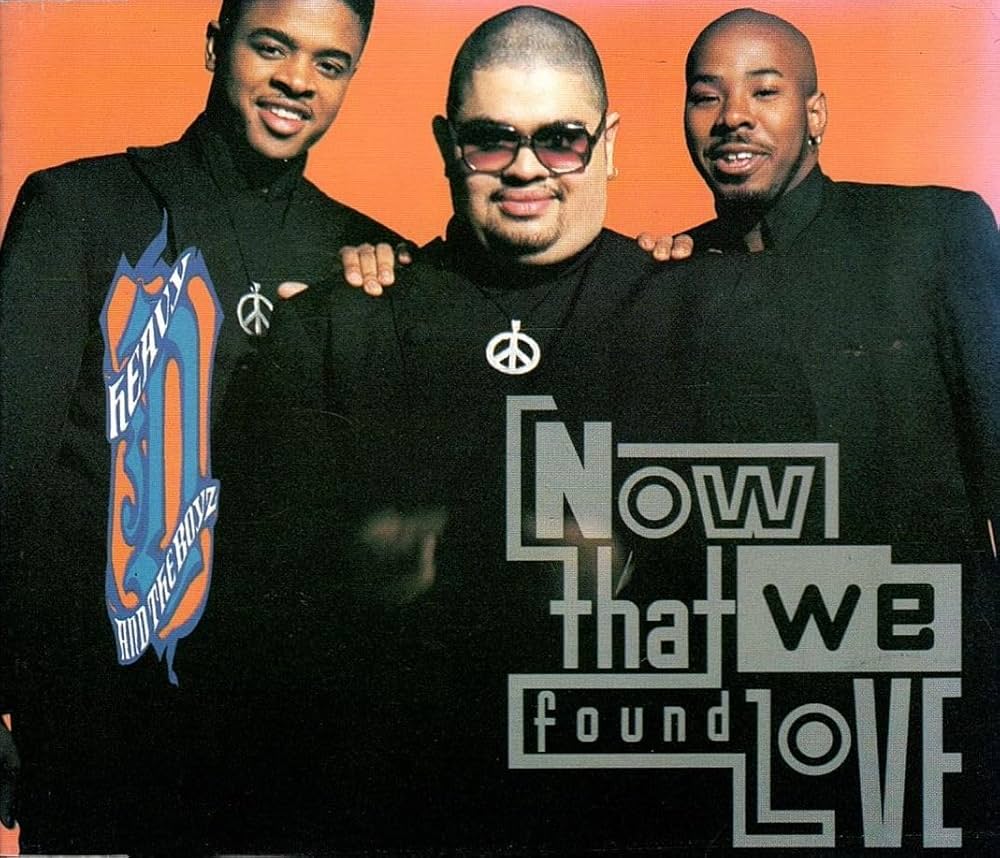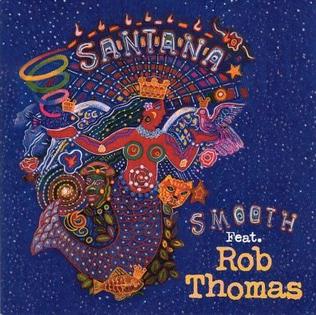 When George Michael released “Freedom! ’90” in 1990, he wasn’t just putting out another pop hit—he was burning down the carefully constructed image that had made him a superstar. Coming off the monumental success of Faith (1987), which turned him from Wham! heartthrob to global icon, Michael found himself suffocating beneath the weight of fame, marketing, and expectation. So, he did something few pop stars have ever dared to do: he rebelled against his own image. “Freedom! ’90” was both confession and declaration, a funk-fueled, gospel-tinged anthem of liberation that told the world he was done playing by the rules. It was equal parts joyous and defiant—a sleek dance track that doubled as a manifesto about identity, authenticity, and reclaiming one’s soul from the machine of stardom.
When George Michael released “Freedom! ’90” in 1990, he wasn’t just putting out another pop hit—he was burning down the carefully constructed image that had made him a superstar. Coming off the monumental success of Faith (1987), which turned him from Wham! heartthrob to global icon, Michael found himself suffocating beneath the weight of fame, marketing, and expectation. So, he did something few pop stars have ever dared to do: he rebelled against his own image. “Freedom! ’90” was both confession and declaration, a funk-fueled, gospel-tinged anthem of liberation that told the world he was done playing by the rules. It was equal parts joyous and defiant—a sleek dance track that doubled as a manifesto about identity, authenticity, and reclaiming one’s soul from the machine of stardom.
What made “Freedom! ’90” so powerful wasn’t just its infectious groove, but its honesty. At a time when pop music was defined by glossy perfection, Michael stripped himself bare—emotionally and metaphorically. The song’s lyrics tore down the illusion of celebrity, questioning everything about the culture that had both made and trapped him. And yet, beneath its critique of the industry lay something universal: the yearning to break free from what others expect of you. Whether you were a fan, an artist, or someone just trying to live authentically, “Freedom! ’90” hit like a revelation.
The Road to Rebellion
By 1990, George Michael was one of the biggest stars on the planet. His debut solo album Faith had sold over 25 million copies worldwide, earning him critical acclaim and cementing his status as a pop powerhouse. The image was iconic: leather jacket, aviator sunglasses, tight jeans, cross earring—the epitome of late-’80s cool. But behind that confident façade, Michael felt trapped.
The relentless touring, the pressure to maintain his heartthrob persona, and the constant intrusion of fame had left him disillusioned. He was tired of being marketed as a sex symbol and frustrated that his artistry was often overshadowed by his image. He wanted to make music that reflected who he truly was—an introspective, complex, and deeply soulful artist.
“Freedom! ’90” became the moment he took control. It wasn’t just a song about leaving behind an image—it was a declaration of creative independence. He refused to appear in the music video, symbolically killing off his Faith persona. Instead, he cast the world’s top supermodels—Naomi Campbell, Cindy Crawford, Linda Evangelista, Christy Turlington, and Tatjana Patitz—to lip-sync his lyrics, while scenes of his old iconography (the leather jacket, jukebox, and guitar from Faith) were literally set on fire. It was as if George Michael was saying to the world: This is who I was. This is who I am now.
The Sound of Liberation
Musically, “Freedom! ’90” marked a shift from the glossy production of Faith to a richer, more organic sound. Drawing heavily on funk, soul, and gospel influences, the song opens with a sharp, infectious piano riff and a propulsive beat. The groove recalls classic Motown and Sly & the Family Stone, while maintaining the polish and precision of late-’80s pop production.
But it’s George Michael’s vocal performance that elevates the track to greatness. His delivery swings effortlessly between vulnerability and defiance, turning the chorus—“I think there’s something you should know / I think it’s time I told you so”—into both confession and celebration. The gospel-style backing vocals give the song a communal energy, as if freedom isn’t just his journey, but everyone’s.
The track clocks in at nearly seven minutes, an audacious length for a pop single, but every second feels earned. It’s a slow-building anthem that never rushes, allowing Michael’s message to unfold organically. The result is both intimate and explosive—a dance track that makes you think while it makes you move.
The Meaning Behind the Lyrics
At its core, “Freedom! ’90” is about breaking free from illusions—both personal and societal. George Michael had spent years building an image designed to please everyone but himself. The line “I was every little hungry schoolgirl’s pride and joy” directly references the pop idol image he had crafted during his Wham! years. But the next line—“And I guess it was enough for me”—carries both irony and regret. It was enough once, but not anymore.
He sings of trading “the face of a stranger for the face of a star,” reflecting on how fame had dehumanized him. Yet there’s no bitterness in his tone—just clarity. He’s not angry at his past; he’s simply ready to move beyond it. The repeated refrain “Freedom! Freedom!” becomes both a plea and a declaration.
The song also subtly hints at Michael’s struggle with his sexuality. Although he had not yet come out publicly, “Freedom! ’90” can be read as an early expression of self-acceptance. The lyrics speak to a man rejecting the labels and expectations imposed on him, yearning to live truthfully. Decades later, fans and critics alike would interpret the song as a coded coming-out statement, hidden within the broader message of liberation.
The Iconic Music Video
Directed by David Fincher—who would later go on to direct Fight Club and The Social Network—the video for “Freedom! ’90” is one of the most iconic in pop history. Fincher captured the concept of destruction and rebirth through high-fashion visuals and symbolic imagery.
The decision for George Michael not to appear in his own video was revolutionary at the time. Instead, the five supermodels—each lip-syncing different parts of the song—embodied his words. Their presence symbolized glamour and fame, but also the emptiness behind it. The burning of the Faith props was no subtle metaphor; it was a funeral for a persona.
The video became an MTV staple, celebrated for its cinematic quality and the way it merged pop music with high art. It transformed the supermodels into global icons and elevated Michael from pop star to cultural visionary. Even today, the video stands as one of the boldest acts of reinvention in music history.
The Risk That Paid Off
At the time of its release, “Freedom! ’90” was a risky move. Michael was distancing himself from the image that had made him a megastar. Some industry insiders feared it might alienate fans who loved the Faith persona. But the gamble worked. The song became one of his most beloved hits, reaching the Top 10 in the United States and cementing his reputation as a fearless artist unafraid to challenge the status quo.
Critics hailed it as one of the best songs of his career. Rolling Stone praised its “infectious rhythm and emotional honesty,” while The Guardian called it “the sound of a man reclaiming his soul.” More importantly, the song resonated deeply with listeners. It wasn’t just about George Michael’s freedom—it was about everyone’s. Anyone who had ever felt trapped by expectations, labels, or circumstances could find themselves in those lyrics.
Beyond the Charts
Over time, “Freedom! ’90” transcended its era to become a timeless anthem of empowerment. It’s been featured in films like The Rules of Attraction and Bridget Jones’s Diary, and performed by artists like Robbie Williams and Beyoncé. Each new generation rediscovers its message and finds new meaning in its lyrics.
When George Michael passed away in 2016, the song took on new resonance. Suddenly, it wasn’t just a declaration of artistic independence—it was a portrait of a man who spent his life seeking authenticity. Fans and critics alike revisited “Freedom! ’90” as a reflection of Michael’s lifelong struggle between fame and privacy, image and truth, public adoration and personal peace.
The Cultural Legacy
“Freedom! ’90” remains one of the defining songs of the 1990s not just for its sound, but for its spirit. It influenced a generation of artists to take creative control of their careers. You can hear its echoes in Madonna’s Ray of Light era, in Prince’s self-liberation anthems, and even in modern artists like Lady Gaga and Harry Styles, who have made self-expression central to their art.
It also marked one of the earliest and most elegant examples of an artist using pop music to critique fame from within. Long before Taylor Swift or Kanye West examined celebrity culture through their work, George Michael was doing it with wit, style, and funk.
The song also helped solidify Michael’s place as a queer icon. Though he hadn’t yet come out, his refusal to conform to heteronormative pop-star expectations, coupled with his later openness about his sexuality, made “Freedom! ’90” an anthem for anyone who’s ever felt the need to hide who they are. It’s both personal and universal—an unapologetic cry for liberation in every sense of the word.
The Soundtrack of Self-Liberation
Listening to “Freedom! ’90” today, more than three decades after its release, it still sounds fresh. The groove is timeless, the production crisp, and the message eternally relevant. The song’s brilliance lies in how it transforms personal struggle into collective joy. It’s not a song of sadness or anger—it’s a song of release, of shedding old skin, of finding yourself through music.
That’s why it continues to resonate across generations. Every artist who’s ever reinvented themselves—whether Bowie, Madonna, or Beyoncé—owes something to George Michael’s act of fearless transformation. Every person who’s ever said, “I don’t care what they think anymore,” has lived out the spirit of “Freedom! ’90.”
Conclusion: The Price and Power of Freedom
“Freedom! ’90” isn’t just one of George Michael’s greatest songs—it’s one of the most important pop statements ever recorded. It’s a masterclass in blending vulnerability with strength, pop hooks with profound self-examination. In 1990, George Michael turned his disillusionment into liberation, his pain into art, and his rebellion into one of the most enduring anthems of modern music.
He burned the old image, but what emerged from the flames was far more powerful: a free artist. The song’s message remains as vital now as it was then—freedom isn’t just about walking away from something; it’s about walking toward yourself.
With “Freedom! ’90,” George Michael didn’t just reclaim his voice—he gave a generation permission to reclaim theirs too. And that, more than any chart position or platinum record, is the true mark of greatness.


